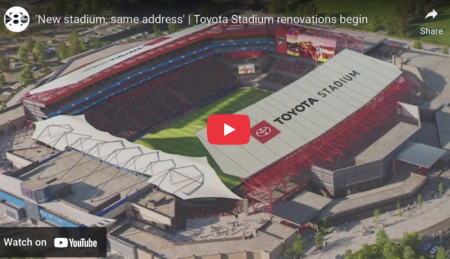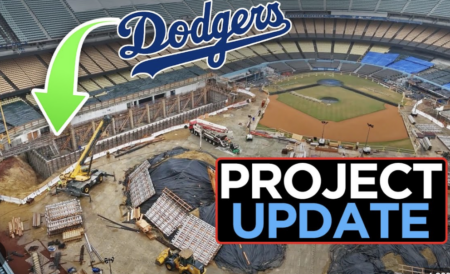To keep up with the ever-increasing pressure to upgrade existing sports and events facilities to improve fan experience and maximize revenues, owners and operators of tired buildings are faced with what can be a daunting choice of which action to take: determining whether renovation is the responsible choice to make; or designing and building a new facility from the ground up.
Of course, the sources and availability of financing play an important part in the final decision. But before proposing a municipal bond offering, new sales tax, or starting a search for private donors, it is prudent to study – to a fair degree of granularity – the costs associated with either option. Intuitively, one would support the argument that the renovation of an existing facility will cost less than building anew. But in reality, is this always the case?
Overhauling an existing sporting or event venue to provide a state-of-the-art experience for spectators can encompass a multitude of options, ranging in scope from minor fixes to major renovation work. Among the latter, the list is very likely to include program-related changes such as demolishing parts of the seating bowl to allow for the construction of higher-value areas (including clubs and suites), the installation of space-efficient escalators in place of miles of pedestrian ramps, roofing over open-air sections of a stadium, expanding parking facilities, upgrading concession stands to provide both greater variety and higher quality of food and beverage service, and improving the general experience within the public spaces.
In addition, no renovation of even a relatively modern arena or stadium would be complete without the requisite replacement of audio/visual systems, including scoreboards, high-definition video screens, and internet and wi-fi connectivity – all critical components of providing the audience with a total immersion in the event.
With careful study, it is possible to accurately estimate the probable cost of such a significant upgrade to an existing facility; and by using benchmark costs from new construction, a comparison can be made which, again, would lead stakeholders to think that renovation is the correct path to pursue.
Unfortunately, this conclusion is often based on misleading or incomplete information.
In the excitement of being presented with renderings and plans for revenue-bolstering private club areas, cushy new luxury suites, and advanced A/V technologies that would make George Lucas envious, one thing is frequently overlooked by facility owners: an honest appraisal of the intrinsic quality of the venue itself.
All building components, whether it be the structure – typically, concrete or steel – or the various mechanical systems (such as HVAC and MEP) have a finite useful life. With regard to mechanical and electrical equipment, this may be as short as 15 years. In a renovation scenario, the costs associated with addressing deficiencies in these basic building-wide systems can be enormous. This condition can be exacerbated if the structure has suffered from a poorly implemented maintenance program.
Relatedly, the age of a facility can impact the cost of renovations. In 2014, both the Pittsburgh Steelers and the Green Bay Packers embarked on a similar program of upgrades to their stadia, with the scope of work encompassing wi-fi installation, new scoreboards, and concession stand improvements. The tab for the work on the Steelers’ 2001 arena came to US$38m; by comparison, the Packers’ 1957 venue cost US$166m to renovate.
In some instances, the problem presented by a dated structure is compounded by its historic status. Yankee Stadium, Chicago’s Soldier Field and Wrigley Field, the Olympic Stadium in Berlin – renovating these fabled athletic landmarks was complicated by the need to preserve their iconic identity while modernizing the facility.
It is also very likely that a major renovation project will trigger the need for the building to be in step with the latest codes and standards.
After taking a closer look at the conditions of a facilities’ structural and mechanical systems, what started out as a seemingly rational assumption – that renovating an old sports stadium will cost less than building a new one – is revealed to be not such an easy assessment after all. If owners have the benefit of an accurate and detailed survey of the existing structure and fully understand the improvements dictated by its condition, then it’s possible to maximize their investment dollars and make the smart decision for enhancing both the fan experience and the revenue of their facility.
Peter Knowles is executive vice president of Rider Levett Bucknall North America. Based in Denver, he is a member of Rider Levett Bucknall’s senior leadership team responsible for operations of the North American practice.
December 6, 2017





